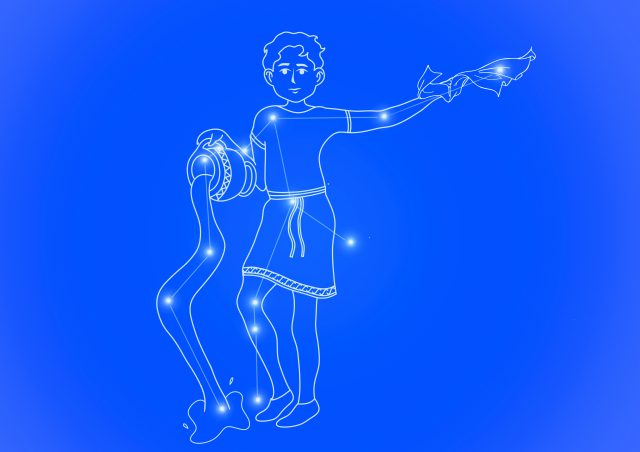This month, stargazers will be treated to the Southern Delta-Aquarids Meteor Shower. A meteor shower occurs when Earth passes through the trail of debris left by a comet after it has completed its journey around our Sun. As comets pass by the Sun, extreme temperatures heat up some of the nucleus causing a trail of debris.
The debris can be as small as a grain of sand and can be travelling at 10-70kms per second. When this debris hits the Earth’s atmosphere it burns up causing a bright streak of light to appear in our night sky. When Earth passes through the trail of debris left by a comet, there are lots of pieces that can enter Earth’s atmosphere causing a greater number of meteors (or “shooting stars”). Hence the name meteor shower.
The Southern delta-Aquarids Meteor Shower occurs at a good time to try and spot some meteors. There’s no moonlight at the time of the meteor shower’s peak which makes it easier to see more meteors.
When to look: From 10pm (best after midnight), Tuesday 30 July 2019
Which direction to look: East
Look to the eastern horizon to see the meteors. The Southern delta-Aquarids Meteor Shower is active from mid-July to mid-August each year. The peak of activity happens on 30 July and this with nights either side are the most opportune times to try and see meteors.
The meteors from this shower are usually faint, so the best place for viewing will be in country WA where the night sky is dark. Hopefully there could be up to 15 or 20 per hour.
Something Interesting:
Meteor showers are named after the constellation where the shooting stars appear to be coming from. In the case of the Southern delta-Aquarid Meteor Shower, the meteors appear to come from the direction of the constellation of Aquarius.








